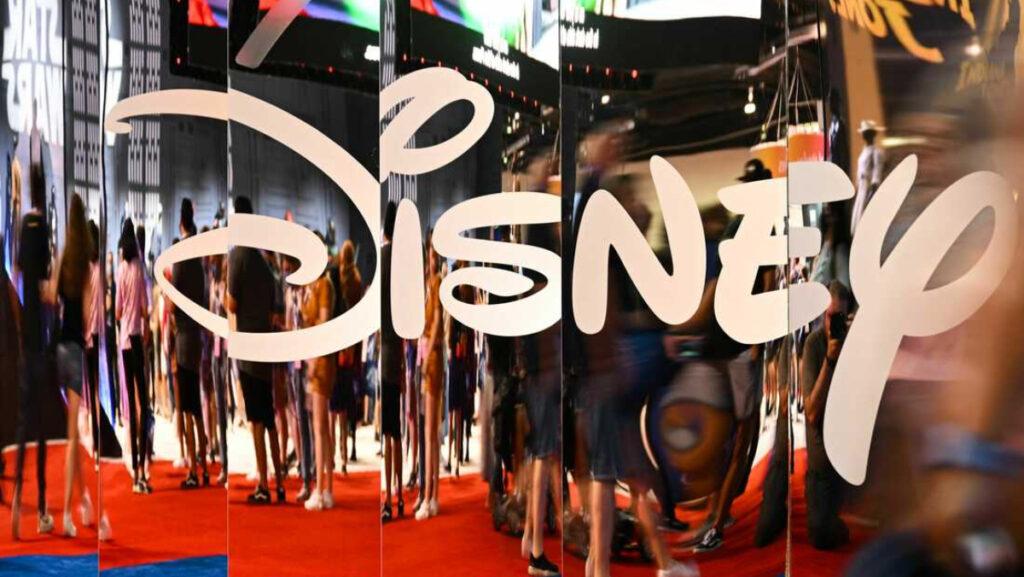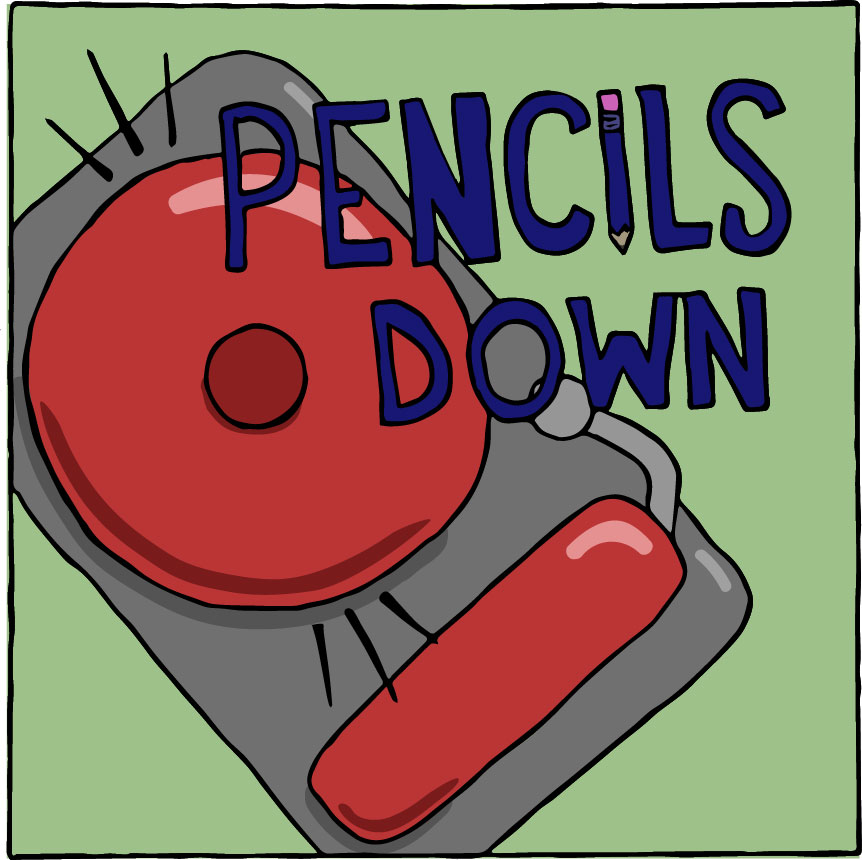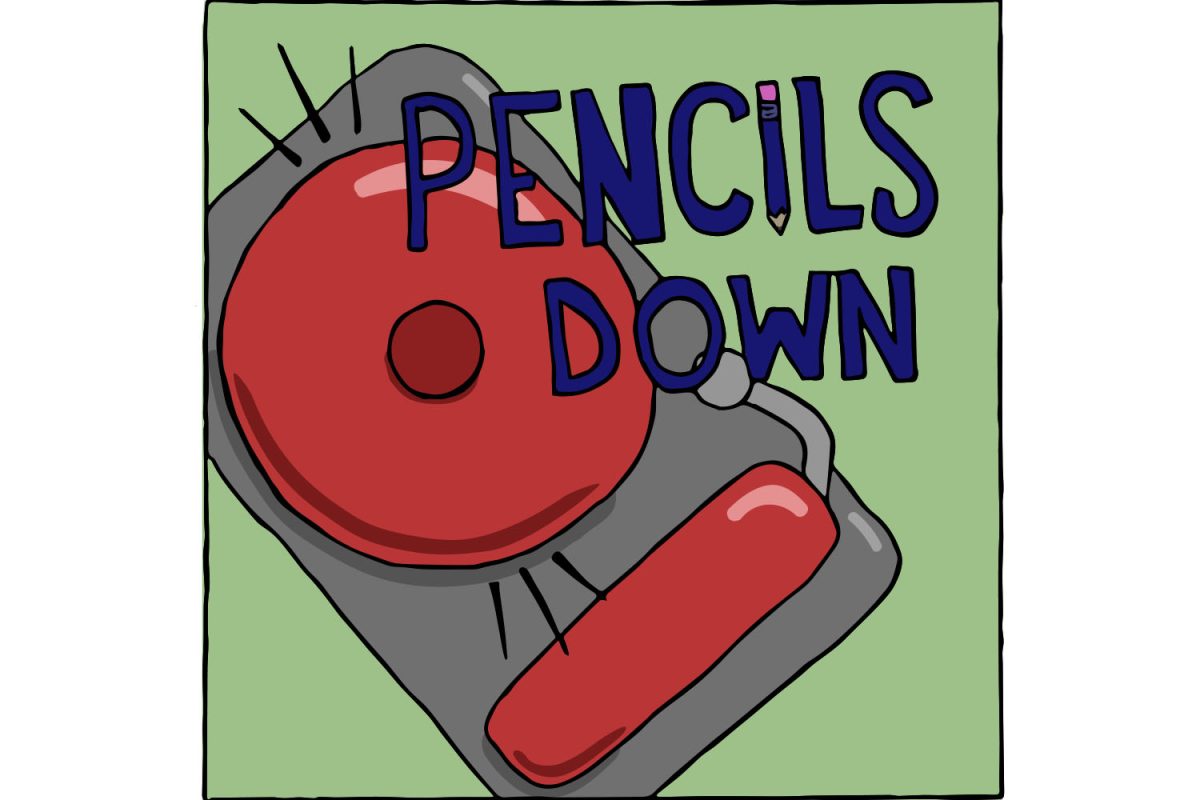During a company earnings call for the year-end 2022 quarter Feb. 8, Disney CEO Bob Iger ’73 announced that the company would be laying off 7,000 employees, roughly 3% of its entire workforce. This is one of the most significant job cuts in the company’s 100-year history.
The news of these layoffs should have been the talk of the entertainment industry, if for nothing besides the unfortunate and abrupt nature of their announcement. However, it was drowned out less than one hour later during the same February earnings call when Iger announced that the studio would be developing sequels to three of some of its most popular intellectual properties: “Toy Story,” “Frozen” and “Zootopia.”
This news immediately set social media ablaze. While people had their attention geared toward debating on Twitter whether Disney and Pixar must make yet another entry in the “Toy Story” franchise, it almost seemed as though the announcement about the layoffs did not even happen — no one was talking about it.
It is not a coincidence that Iger chose to make the sequel announcements shortly after the announcement about the layoffs during the company earnings call. It was a direct attempt to distract from the larger issue at hand, which is that Disney, like many other studios and tech companies in the current media landscape, is currently in a more vulnerable position than it has been in years.
When Iger stepped down as Disney CEO and handed the reins over to Bob Chapek in February 2020, the company’s stock price was worth roughly $128 per share. Less than one month later, the company’s stock price naturally plummeted to about $86 per share — the lowest it had been since 2014 — thanks to the onset of the COVID-19 pandemic. One year later, in March 2021, the company’s stock was the highest it had ever been at about $201 per share. Disney+ was thriving and the theme parks were gearing up to reopen after over a year of being shut down.
Since Disney’s stock peaked in 2021, it began to only steadily decrease for a variety of reasons, most of them stemming from Chapek’s incompetence as CEO. Investors and the general public were beginning to lose faith in the company and resent Chapek. Even Iger communicated to people close to him that he felt as though Disney was losing its soul.
Chapek was essentially taking everything that Iger built over his 15 years as CEO and tearing it apart. All of the healthy relationships that Iger had formed with creatives were being dismantled, whether it was through the very public Scarlett Johansson lawsuit or the censoring of LGBTQ+ representation in Pixar films. No one was happy, especially not customers of Disney’s theme parks, which at every turn seemed to raise their prices and simply make it more difficult to have enjoyable experiences at any of them.
As a result of all of Chapek’s blunders, Disney’s stock fell back down to roughly $87 in December 2022, almost exactly where it was at the beginning of the pandemic. Luckily, mere weeks before this occurred, the company’s board of executives decided to get its act together and boot Chapek from the company in favor of bringing back Iger for a two-year term to course correct.
Instantly upon Iger’s return, the damage wrought by Chapek began to dissipate. Iger reshuffled Disney’s media and entertainment division, getting rid of suits like Kareem Daniel who, under Chapek, took away much of the input that creatives at Pixar, Marvel, Lucasfilm and Disney’s other studios grew accustomed to having during decision-making processes. Under Daniel, Disney’s pipeline seemed to shift in prioritization from a quality-over-quantity standard to the reverse.
The intense and heavy mandate placed in front of Disney’s studios, with particular emphasis on Marvel, to develop more projects each year explains the lack of quality in some of their most recent work, like “Thor: Love and Thunder” (2022) and “Ant-Man and the Wasp: Quantumania” (2023). This can best be seen in the visual effects work of both Marvel’s films and shows. Over the last few years, underpaid visual effects companies working for Marvel have been forced to meet unrealistically short deadlines and prioritize some projects over others to keep up with the dramatically increased studio slate.
Iger has noticed these qualms and taken action by mandating in February a decrease in the output of the company’s most lucrative studios, including Marvel and Lucasfilm. With the decreased demand, Marvel chief Kevin Feige and Lucasfilm head Kathleen Kennedy should have more control over the quality of their projects. As a bonus, the visual effects teams charged with bringing their projects to life will also have more time to make them look the best.
While Disney stock began to increase as Iger started making some of these decisions, he recognized that more would have to be done to bring shareholders and executives back on board and to increase levels of enthusiasm to where they were in 2021 and before the pandemic. One way to do this is to leverage the company’s existing popular IPs and bring them back into the fold with announcements of new projects. He also recognized that sacrifices would be necessary to aid the company in gaining more capital, hence the layoffs.
It was an inspired move by Iger to announce three ground-shaking projects for billion-dollar franchises at the company’s earnings call to drive home the message that he has returned to the company to bring back quality and profits. However, he should have had the foresight to recognize that doing so mere moments after announcing the layoffs of thousands would seem a tad insensitive. People’s livelihoods at stake are more important than the company’s next big billion-dollar project. While these types of projects and their successes help keep Iger from having to make difficult decisions, like the one that he had to announce during the earnings call, he should have known better than to toss seven thousand people aside and make it feel like a victory. It is just as great a defeat for Disney as it is for every single one of the employees who are affected by the layoffs.






